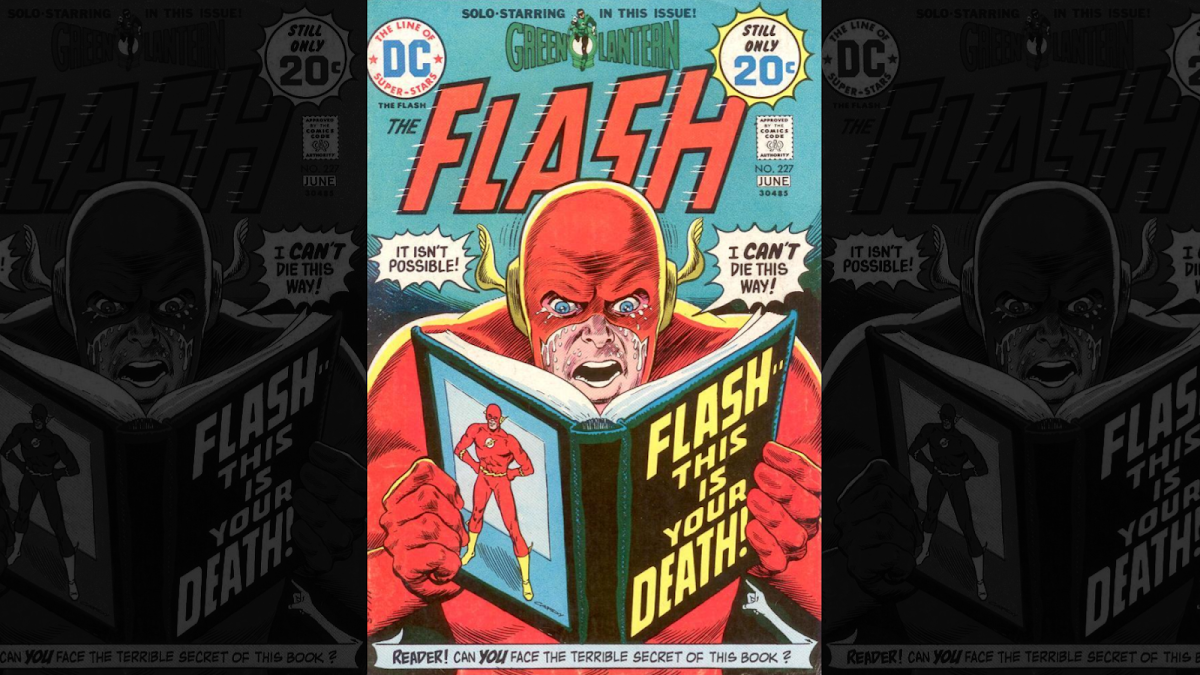
This is the transcript of an artist talk I gave about the end-of-life of Adobe Flash, and digital art preservation in general. It was part of “Gone in a Flash”, a series of events organized by the MacKenzie Art Gallery and Neutral Ground Artist Run Centre. You can also watch the video here or check the slides here.
I’ve been asked to talk about some of my work in the context of the death of Flash. So I’ll have to go back to the first decade of my Molleindustria project, from 2003 to 2014.
When I started making games in 2003 there was no real indie scene, especially in Italy. Political or satirical games were very rare.
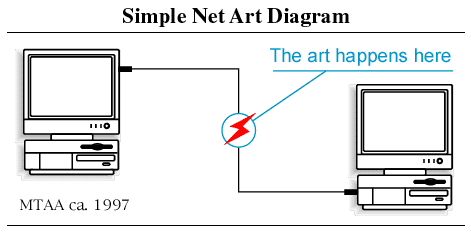
The references I looked up to, and the communities I was part, of were around media activism and net.art. I started hearing about the issue of digital art preservation pretty early on because the ephemeral quality of internet artworks was absolutely clear. When art is made of communication and relies on websites and technologies that quickly disappear, the whole bourgeois idea of immortality through art has to be thrown away.
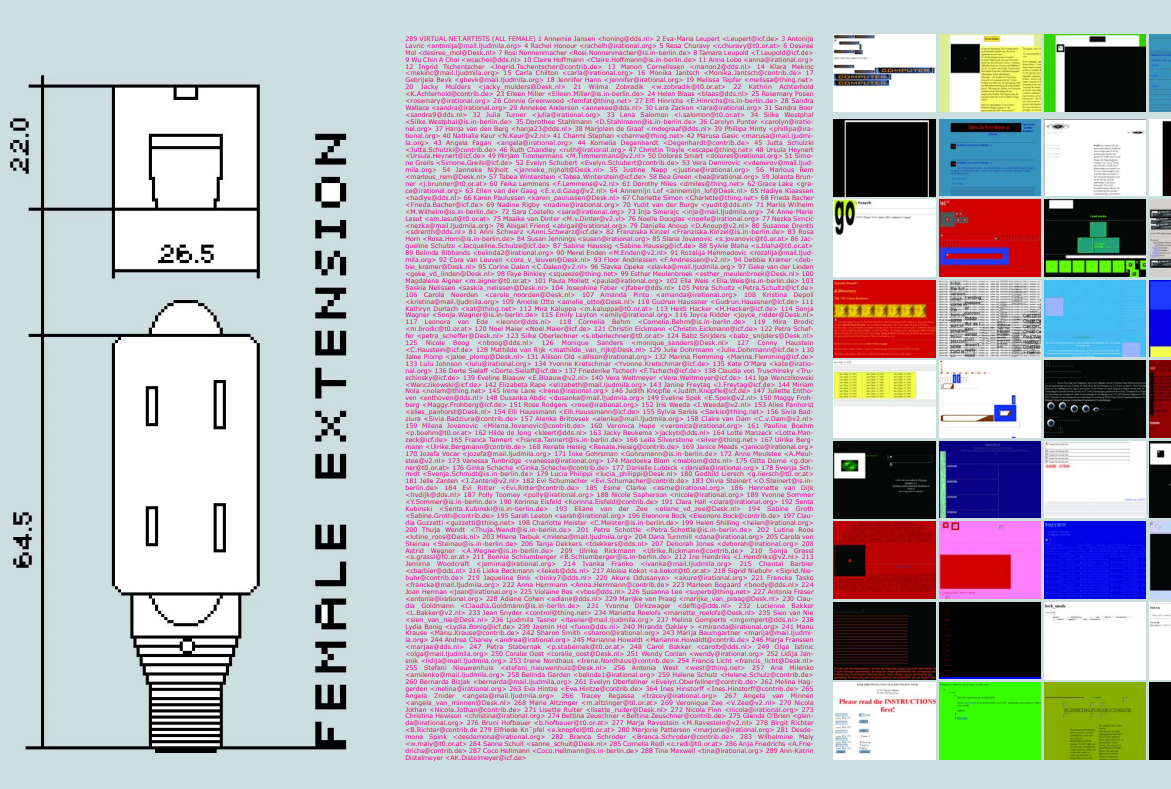
Net.art was anti art establishment and in particular against the unique art object. Most net.artworks didn’t have any physical incarnation.
Net.art was performative. It involved media interventions, online mobilizations, pranks. So you had to be there in order to experience many of those works.
A lot of performance art is documented through iconic photos and videos. Net.art not so much.
There is always some kind of leftover that survives, like pixelated screenshots, or broken websites. But most of the projects now, can only be understood as stories.

And most of the projects even then, were conceived to be stories, to be hearsay. Something that the press can write about, that people on the internet can share.
It was a conscious practice of mythmaking.

Keep in mind, in the early 2000 I was in Italy under Berlusconi: a prime minister that rose to power by controlling centralized media like tv networks, glossy magazines, and book publishers. Every progressive looked at the internet as an alternative, a counterpower.
So when I started making games, I was interested in an audience made of bored office workers and bored teenagers that consumed and shared content online.
All together, they formed a huge decentralized network, that was quickly becoming as powerful as traditional TVs. My goal was to inject socially conscious or subversive culture in this flows of silly viral content. Now we call this content “memes”, and all social media embraced virality as the main paradigm for content distribution, which is super problematic for a number of reasons. But back then it was still a subcultural phenomenon.
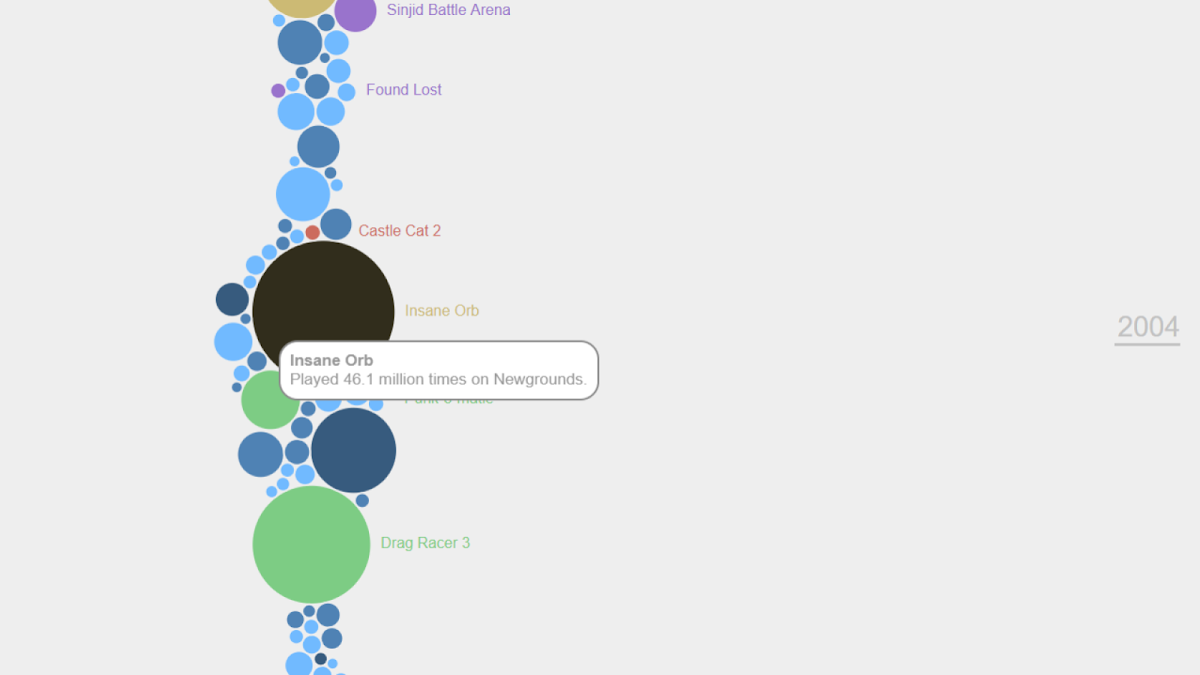
Before YouTube and internet video, before “broadband”, Flash games and animations were the biggest viral content.
The Flash format stores visual information as vector data instead of pixels so didn’t require a fast internet connection (imagine: instead of storing all the pixels that make a circle, you save one instruction that says “draw a circle at coordinate x,y with a certain radius and color).
You could have pretty simple games made by teenagers racking up millions of views. This was thanks to an ecosystem of portals that figured out how to organize and monetize amateur Flash content. And they did so before social media and phone apps conquered all the fragmented attention that escaped traditional media: the bits of time between tasks, the breaks and procrastinations at work, the negative spaces of a life increasingly dominated by screens.

One day I decided to make a game for McDonald’s. It was a tycoon/management game in which you control the supply chain from pastures to marketing. Well… I made it without their permission. Because I wanted to include what you usually don’t see in this kind of game: the negative externalities pollution, unhealthy food, growth hormones, deforestation, bad jobs, manipulative marketing. Basically all the documented social and environmental costs of the fast food industry.
The idea was to recompose a globally distributed process and let the player operate in a system without accountability.
The McDonald’s videogame is a game you can’t win, it just keeps going, with the investors demanding more profits until the environment is depleted, or you are stopped by various social breakdowns. Despite its anti capitalistic theme, this Flash game became quite popular, with million of views across different portals.
Today it’s easier to conceive games with a message, even with anticapitalist themes.
But at the same time it’s also harder to distribute a game that appropriates a registered trademark and adult themes through the bigger commercial platforms: Steam, App Store. More about this later…
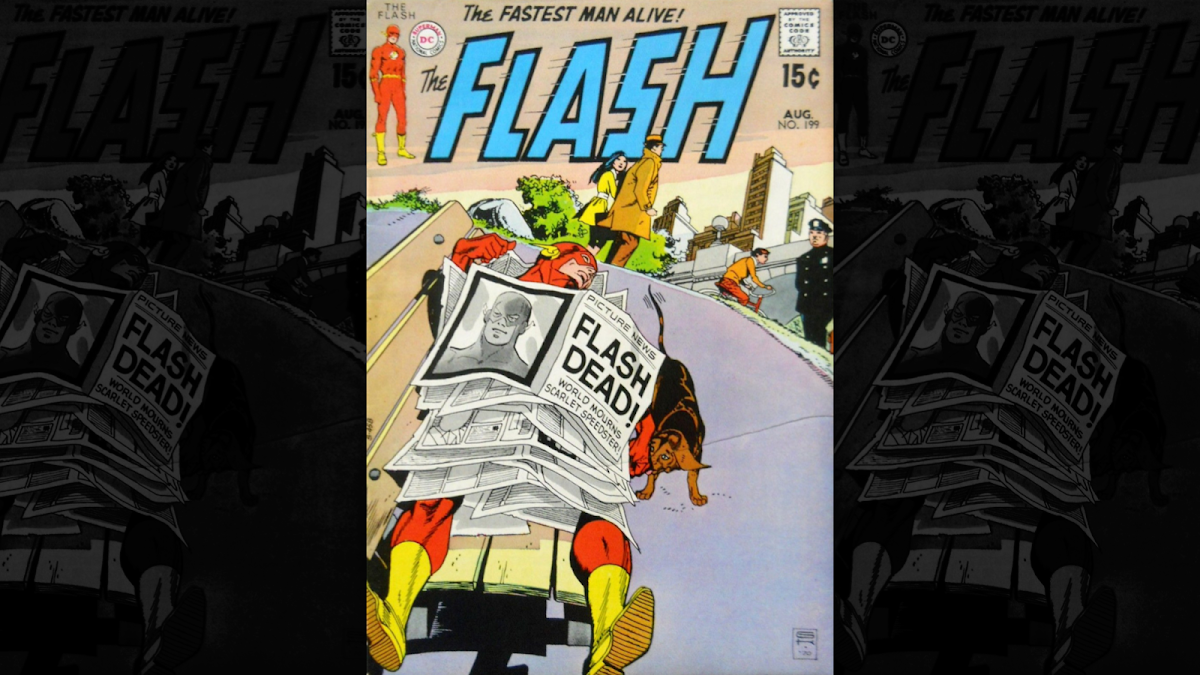
The death of Flash has been greatly exaggerated. We’ve been talking about it for almost a decade. What’s really dying is the browser plugin which was created by a company called Macromedia and then purchased by Adobe in 2005. The plugin was easy to install on a browser and allowed to display highly dynamic content and eventually video before HTML could.
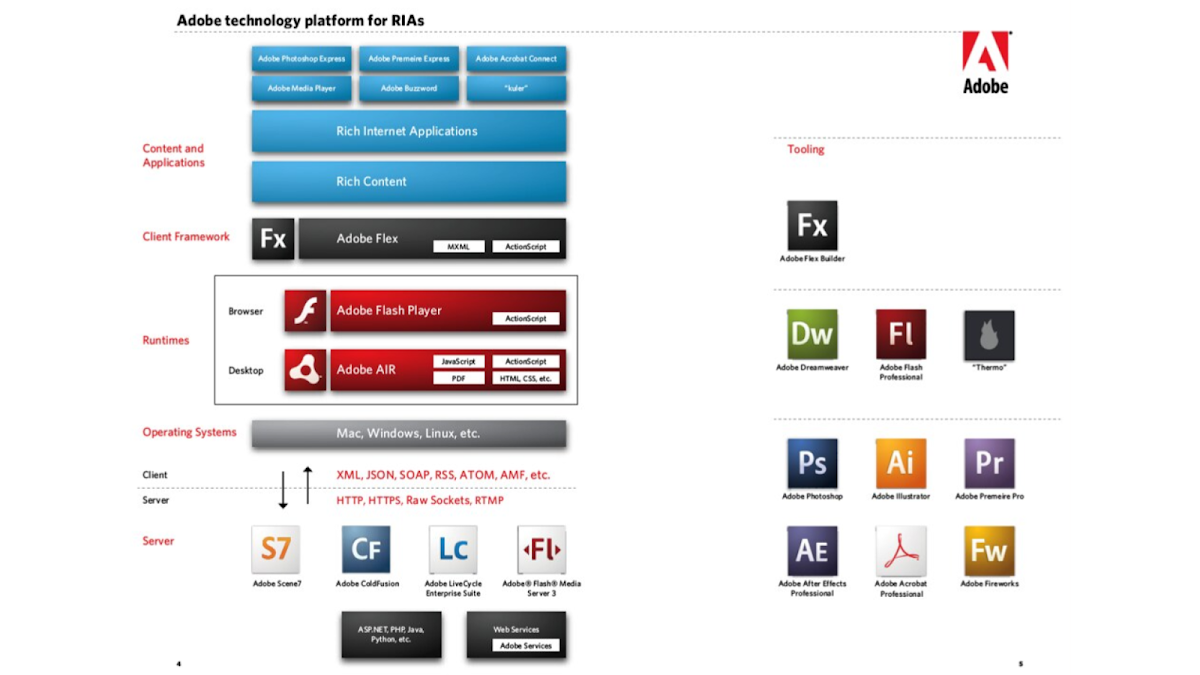
The plugin was installed virtually in all browsers, so Adobe tried leverage it by creating a whole set of development tools around it. They basically took this animation and web design tool and used it as a trojan horse to reshape the world wide web around Adobe products.
That was concerning because the internet runs on open formats. You don’t want one company to own the technology you use to read news, send email, do banking and so on.
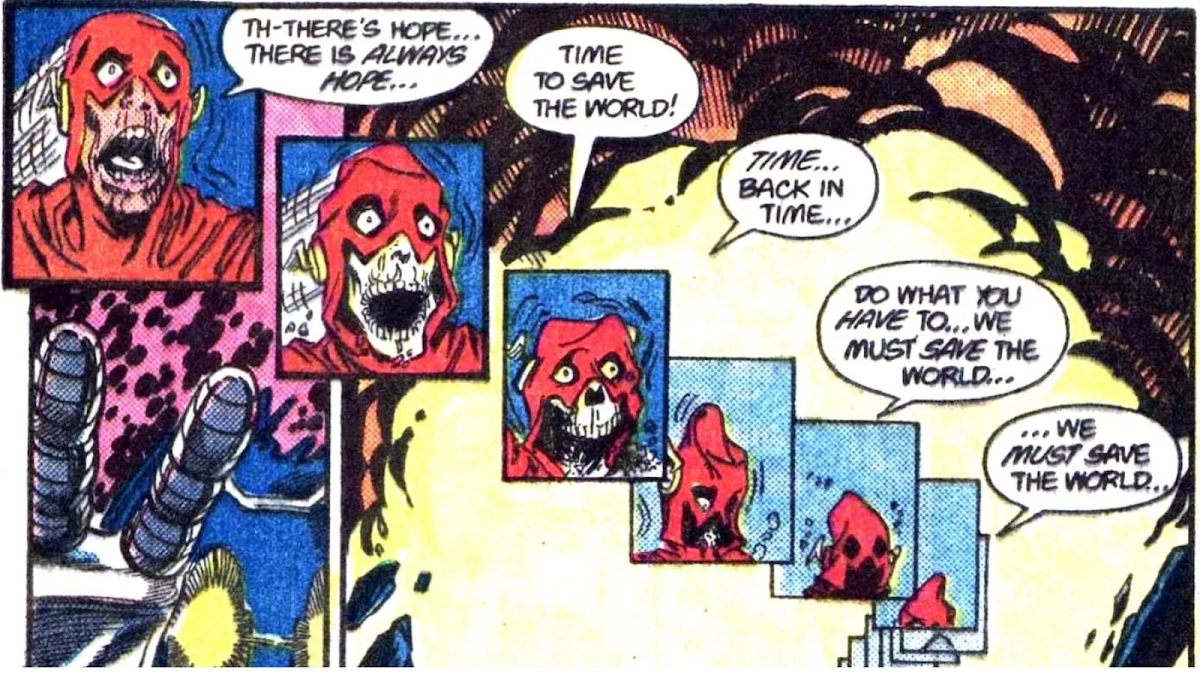
So HTML5 was designed with features like video and canvas, a graphic element that replicated some of the capabilities of Flash. The World Wide Web Consortium, the organization that deliberates on web standards, was working to make the Flash plugin unnecessary.
But according to Internet folklore what killed Flash was Steve Jobs’ 2010 Thoughts on Flash.
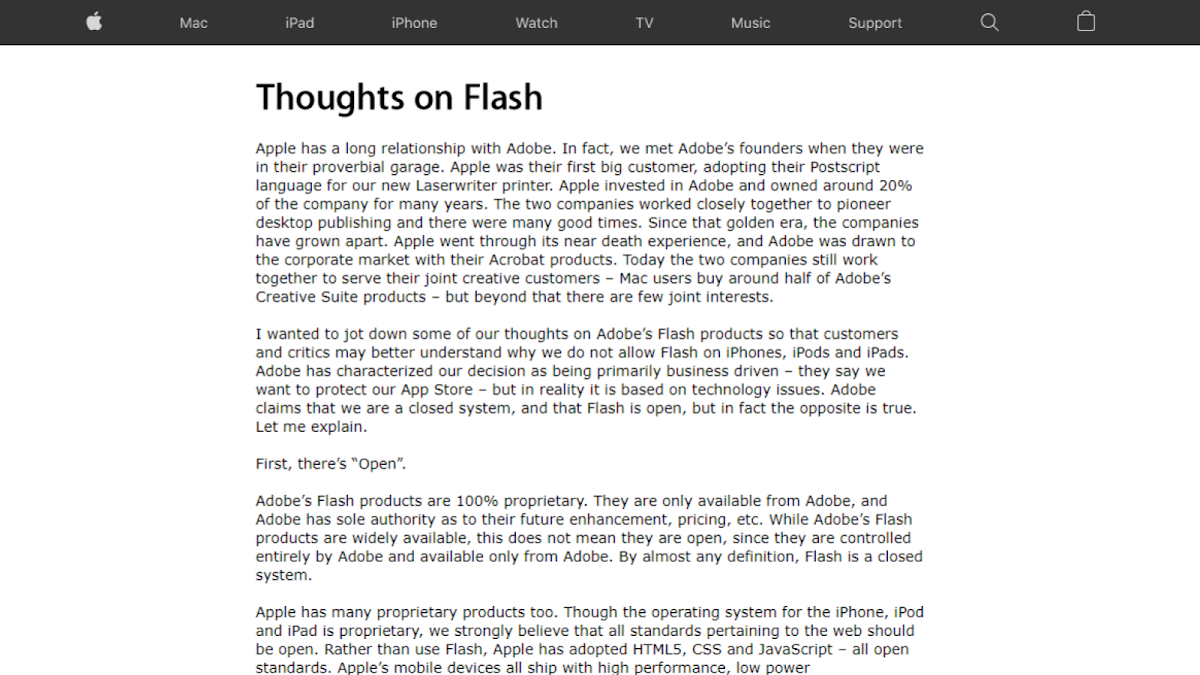
In a rather extraordinary move, Steve Jobs published an open letter explaining why the Flash plugin was going to be blocked on all iPhones. He mentioned open formats, security, and battery consumption. But it was really a business maneuver, a vertically integrated company fighting a potential threat.
The App Store just launched and it was meant to commercialize casual games, software toys and applications – the kind of stuff typically made in Flash.
When you play a Flash game Apple doesn’t make any money. When you buy a game from the Apple store, Apple takes 30% of the revenues. They also force the developers to pay a fee and use their proprietary technologies.
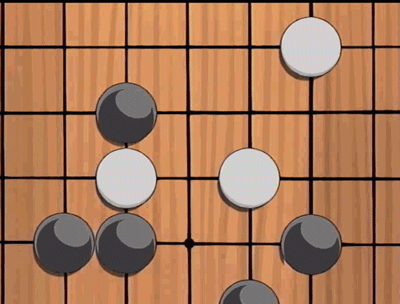
That’s platform capitalism for you.
You leverage a dominant position in a specific field to start a rent making operation. Say you have a popular operating system, a search engine, a game like Fortnite, a social network for college students, a website selling books, an mp3 player, or a smartphone…
You create a frictionless marketplace around it.
You ban the competition, and finally collect a cut of the revenues from anybody who wants to operate in that market.
Adobe Flash was a casualty of a platform war. And we’ll witness these kind of enclosing and capturing maneuvers between tech monopolies for the foreseeable future.
Here’s a problem though: what circulates in these marketplaces is pretty much the entirety of our culture: tv, books, music, news, games,
Phone Story is a sort of educational game about the manufacturing of consumer electronics and the problem of technological consumerism. It’s not a simulation but rather a series of vignettes depicting various phases of the production of your smartphone as told by the phone itself.
The scenes go from Coltan mines in Congo to a Foxconn factory in China, which at the time was experiencing a wave of suicides among its exploited workers. The minigames involved simplistic, mindless actions that the voice over gradually put in their horrifying context.
The game was banned from the app store about two hours after the launch. They listed a couple of reasons but the main one was a rather generic “questionable content”.
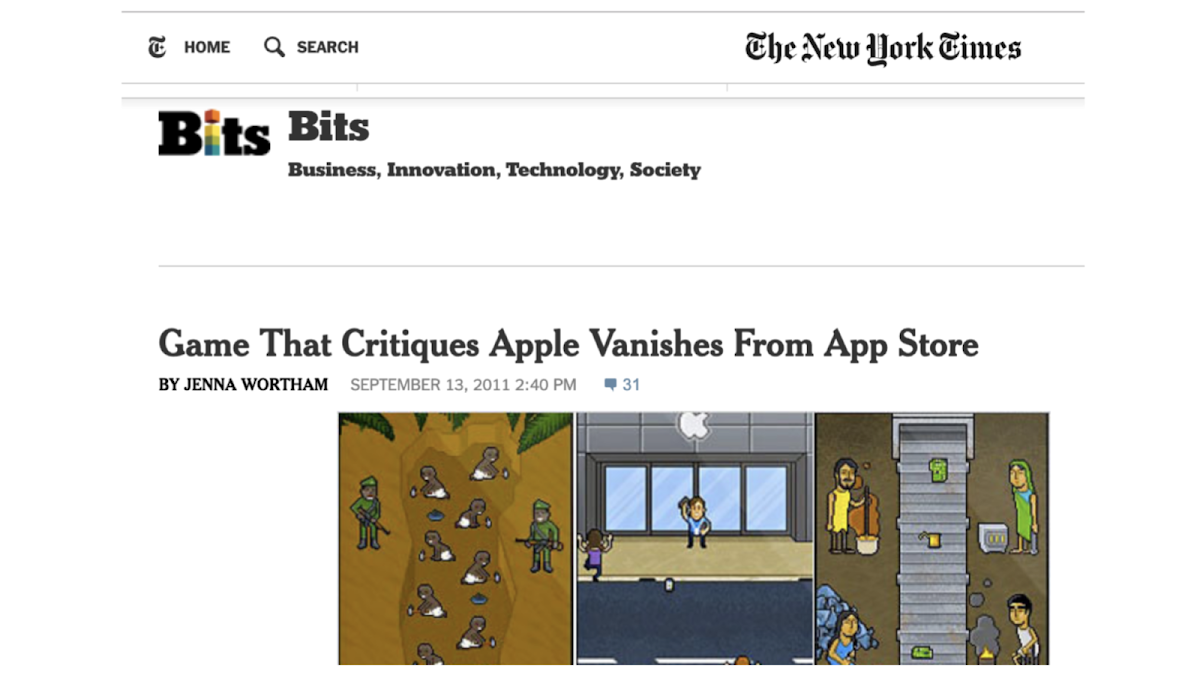
The ban generated (or contributed to) a lively conversation about the cultural status of apps. It brought attention to the market censorship and the chilling effect that can happen in a “walled garden” like the app store. It highlighted the fact that Apple treats software differently than music or books:
“We view apps differently than books or songs (…). If you want to criticize a religion, write a book. If you want to describe sex, write a book or a song, or create a medical app. It can get complicated, but we have decided to not allow certain kinds of content in the App Store.”
Apple Developers guidelines (circa 2010)
Phone story was made in Flash. And because of that it was possible for me to immediately re-release the game for Android (where it was available for about 10 years), for browser and as downloadable files for Mac, PC and Linux. If I made the game using Apple’s proprietary tools, it would have been much more difficult.
Flash took a long time to die because it was a development environment, and not just a browser plugin. And it was a unique tool. It allowed to make things that weren’t possible before, and still aren’t possible today.
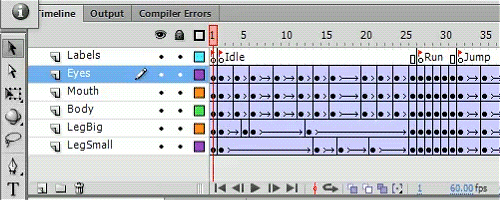
Flash was centered around vector graphics and animated timelines. You could make an animation in a few seconds and make it interactive with a few lines of code. I provided visual artists an entry point to game development. I didn’t have a strong background in computer science, I was more of a cartoonist and a web designer. But I could make games entirely by myself and very quickly. This was important because I could follow the news cycle, or whip them up for a political campaign like a flyer.
My first games weren’t much more than interactive animations.
This one is called Tuboflex from 2003. It kind of prefigure the gig economy. It’s set in a (then) near future in which a flexible staffing corporation set up a system of pipes that allows them to relocate workers in real time according to market demand. So you are a mall Santa and suddenly you are sucked into a tube, and spit out somewhere else, and you have to perform another underpaid job.
Even the last games I made in flash would have been very difficult to make in another environment.
Unmanned is a narrative game I made in collaboration with author Jim Munroe. It’s about a day in the life of a drone pilot in Nevada.
It imagines the daily routine of one of these new kind of soldiers. The game employs this two channel set-up and two channel gameplay to reinforce the theme of disconnection that runs through the whole game. The strange dissociation of a pilot that is controlling UAVs in Pakistan and then going home to the family in his suburban house.
The story is linear but instead of moving around a space you wander in the subconscious of a character and you participate in its development.
You find yourself constantly multitasking between two interfering activities, choosing to prioritize one aspect over another. While you are following and targeting a suspect you can have small talk or a meaningful conversation with your colleague. You can even flirt with her. These conversations are ways to explore issues of heroism, masculinity, ethics in war and robotics, and so on.
All the scenes are essentially minigames and there are a lot of animated sequences in between. It may not look like a “classic” Flash game but the capabilities and strengths of the tool informed many of our decisions.
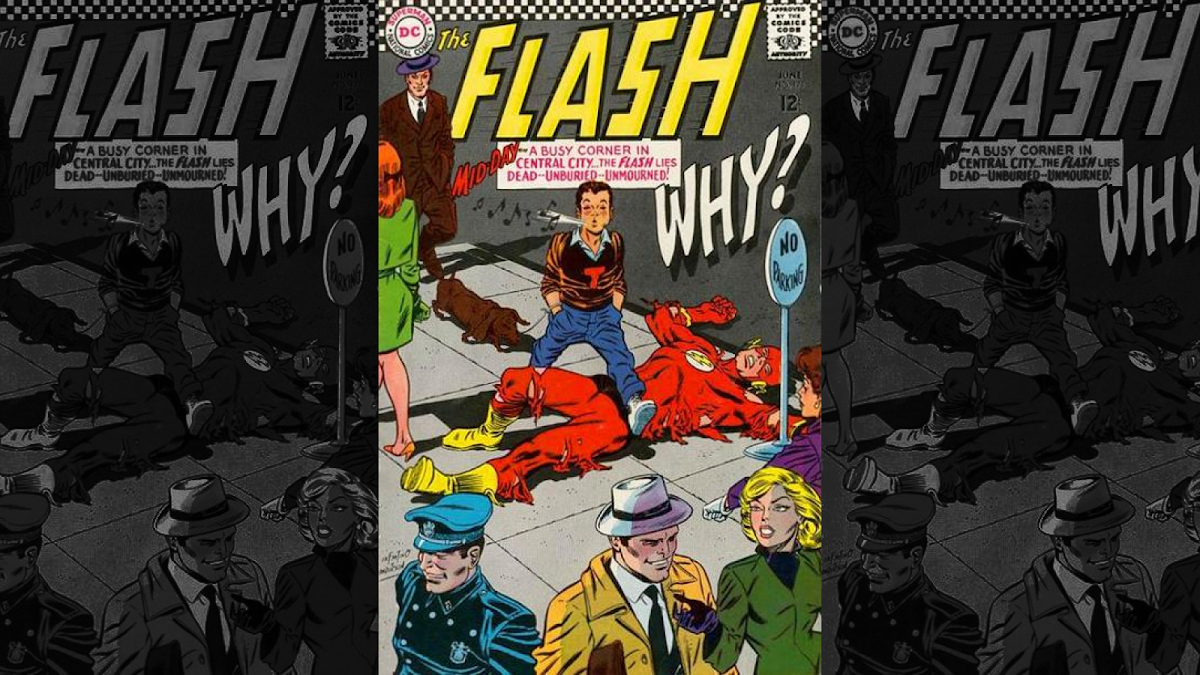
When their plan to conquer the web failed, Adobe quickly lost interest in Flash as a tool. The interest in animated websites faded. Web design has been homogenized for functionality. Websites became bland vectors for content and stopped being content themselves.
But a lot of people kept using Flash to make games. Sometimes very successful and influential games.

Adobe could have turned Flash into a full game engine like Unity. But they didn’t seem to care.
They actually did the opposite, they reverted it to its original purpose as an animation tool. To avoid the toxic association with a failed platform (with major security issues) they rebranded it Animator and effectively killed all the interactive abilities.
So now we are losing not only the artifacts, but a whole mode of production, a whole expressive palette.
To be clear, there are still ways to use Flash today, they are just not beginner-friendly. Nathalie Lawhead’s style is so unique and so emancipated from the default vector aesthetic that many don’t even associate her work with the Flash “scene”, but as far as I know she’s still using it.
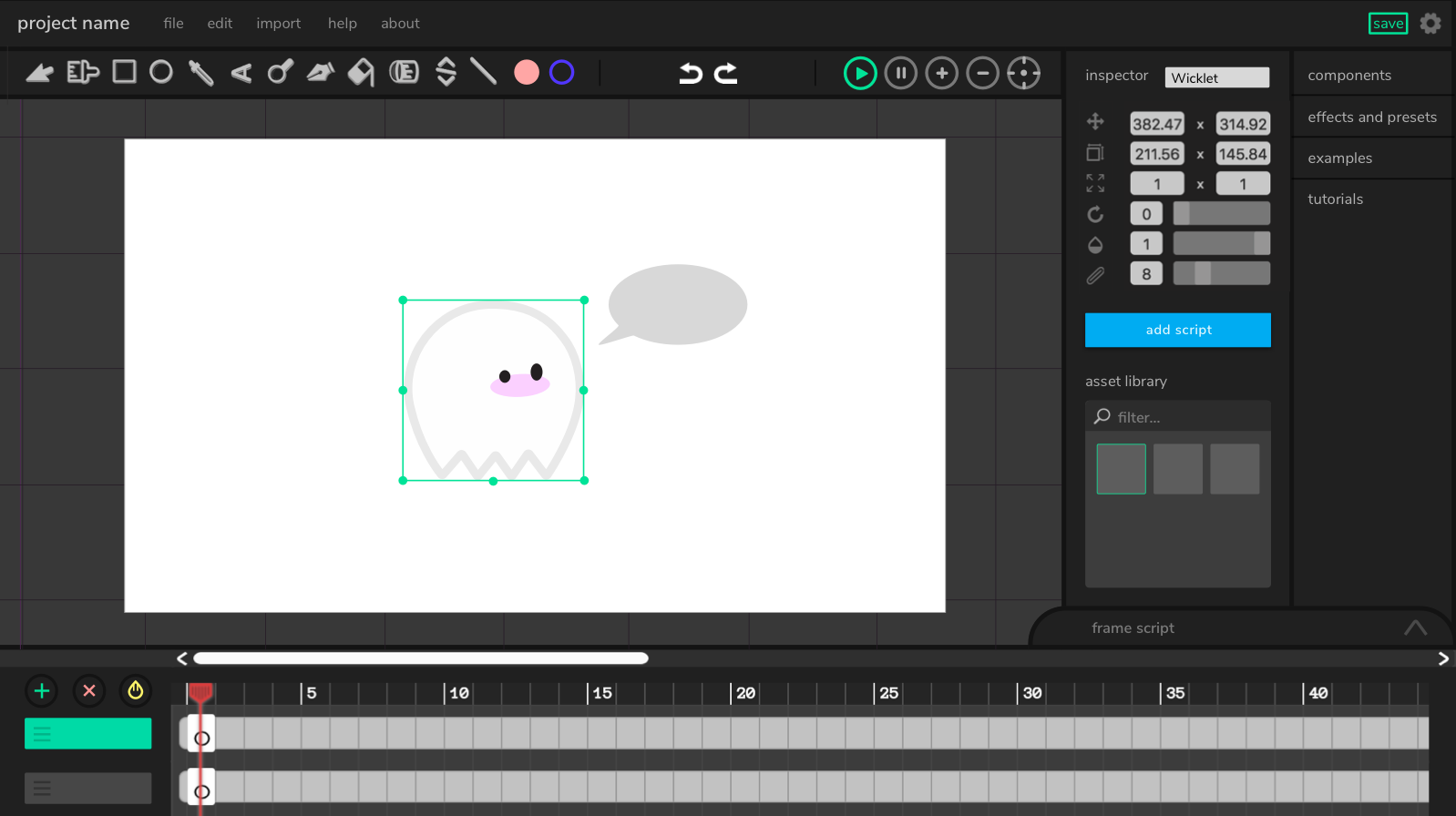
And luckily, there is this project called Wick Editor that aims to recreate the Flash development environment. It runs on browser and uses only html, javascript and other open web standards. It’s still in development but you can make the kind of animation-centered games and applications that popularized Flash.
The discontinuation of Flash (the application) poses a bigger threat to preservation than the discontinuation of the plugin.
It means that even with the source code, I couldn’t update and re-build an old Flash game. I would have to use a pirated copy of Adobe Flash CS6 on an old operating system, and the build wouldn’t probably run on new operating systems.
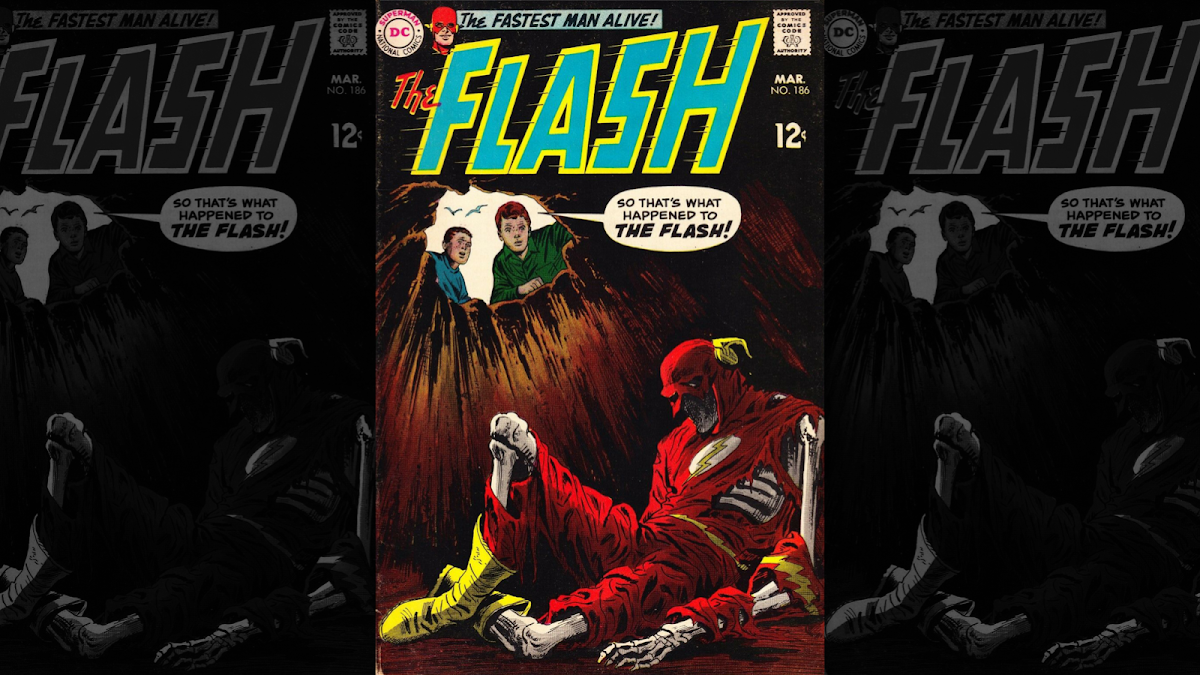
Will future generations rediscover Flash games? Will Flash become “retrogaming”?
Today is easier than ever to access games from previous generations thanks to a committed community maintaining archives and emulators. Emulators are programs that simulate older hardware and operating systems in order to run the original software (aka ROMs).
This is a short documentary I made about two of the very first art games from the ’80s. Lifespan is an arcade allegory of the life of a person from childhood to death. The Dolphin’s Rune is a trippy game in which you play as a dolphin (it inspired the classic Ecco the Dolphin). Both games were made by an artist called John O’Neill. They were way too cryptic and ahead of their time, so they were basically forgotten after the North American videogame crash. Thanks to emulators and ROM archives I was able to play them.

Nintendo figured out that there is a market for classic gaming or retrogaming and they released their own official emulated console.
Unfortunately, in 2018 they also started suing and taking down the websites that archived ROMs – along with the so called “abandonware”, ROM distribution is widely seen as a benign form of piracy.
But even if you fully condone Nintendo for taking down pirate-archivist, there is a bigger problem. The official re-released console only contained the most famous games from NES and Super NES. The archives that were taken offline by these lawsuits preserved thousands of releases (even games that were never commercially released) across all possible systems.
Draconian copyright regimes are a bigger threat to game preservation than technological obsolescence.
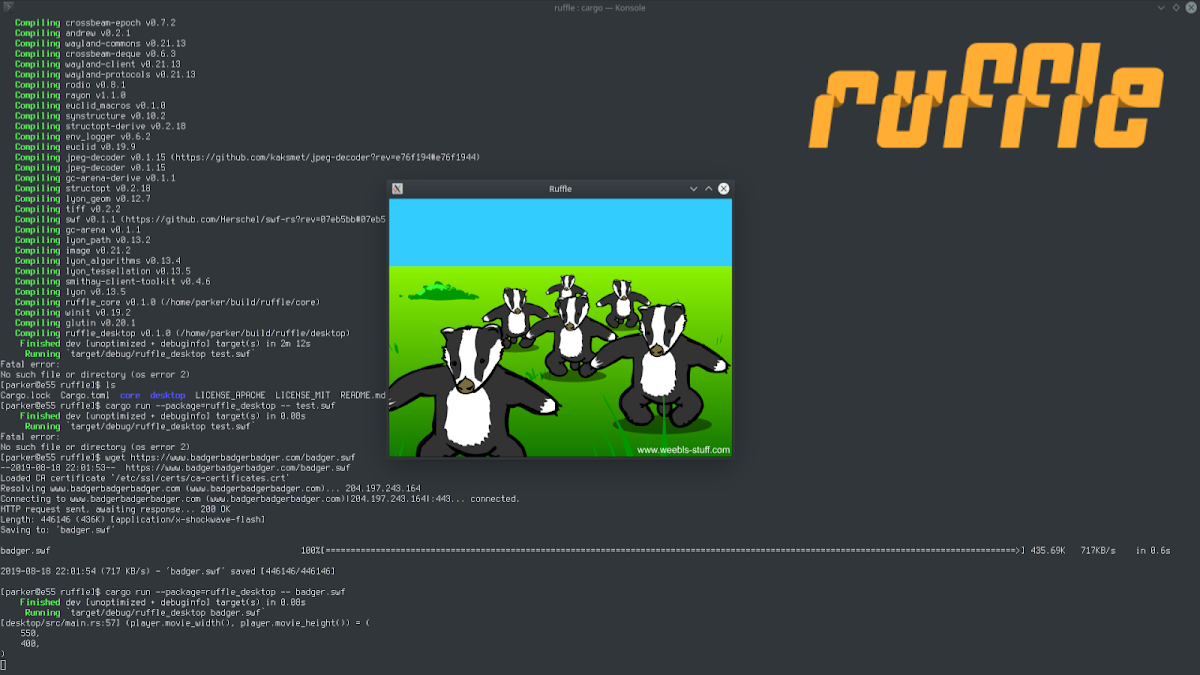
Flash games can be emulated too. There are projects like ruffle that can run original Flash files on the browser, seamlessly replacing the Flash plugin.
It took me only 10 minutes to republish my McDonald’s videogame (the emulation has a little bug that makes the game unplayable after a couple of minutes)
As for December 2020 Ruffle can only handle animations and older games (before Actionscript 3), but I’m confident it will be fully functional soon.
Of course Adobe could publish the source code of their plugin and make emulation much easier. They have nothing to lose, but I’m afraid they are too ideologically and bureaucratically committed to intellectual property to do so. Besides, Adobe is known for not listening to their users.
Unlike Nintendo games, Flash games are mostly independent and amateur projects, so we will not see big lawsuits that undermine their archival.
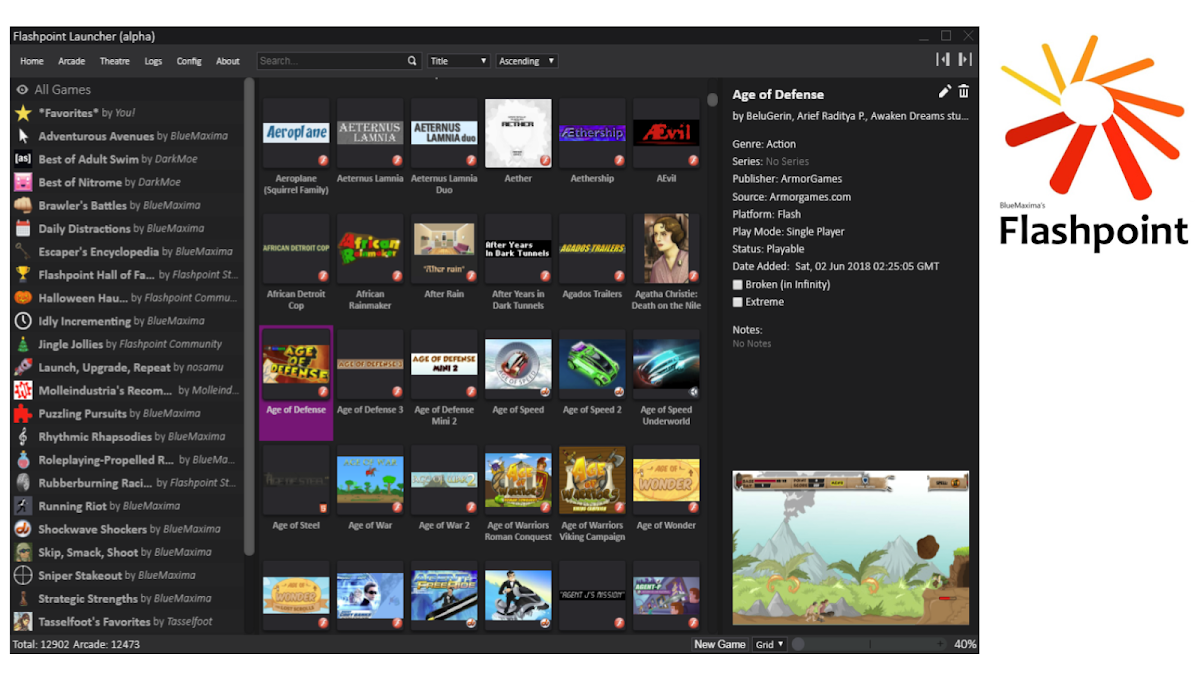
In the golden age of Flash, a lot of games were “site locked”, meaning that they would only run on the websites that commissioned or sponsored the developers. It was a simple Digital Rights Management technique that complicates straight-up emulation.
Fortunately, there is a solution for that too. Flashpoint is a community-driven preservation project that recreates a server-client environment offline. It’s a more complex and cumbersome project: it’s several gigabytes of downloadable content but it’s also easier to use and allows for curation and storage of meta-data like authorship.
A couple of years ago Apple made this funny video for their developers conference. A data center worker accidentally unplugs a server and all the Apps in the world disappear. The “appocalypse” is a world without apps. The video makes fun of our dependency to smartphones, and humorously congratulates app makers.
But it also accidentally highlights the problem with a centralized app store: it’s not a stretch to say that one guy at Cupertino can make all apps disappear.
Maybe not instantly but almost. Because all apps have to go through an authentication and notarization system, to make sure they are compliant and beholden to Apple. Basically, to make sure the developers pay a fee for the privilege of developing for Mac systems.
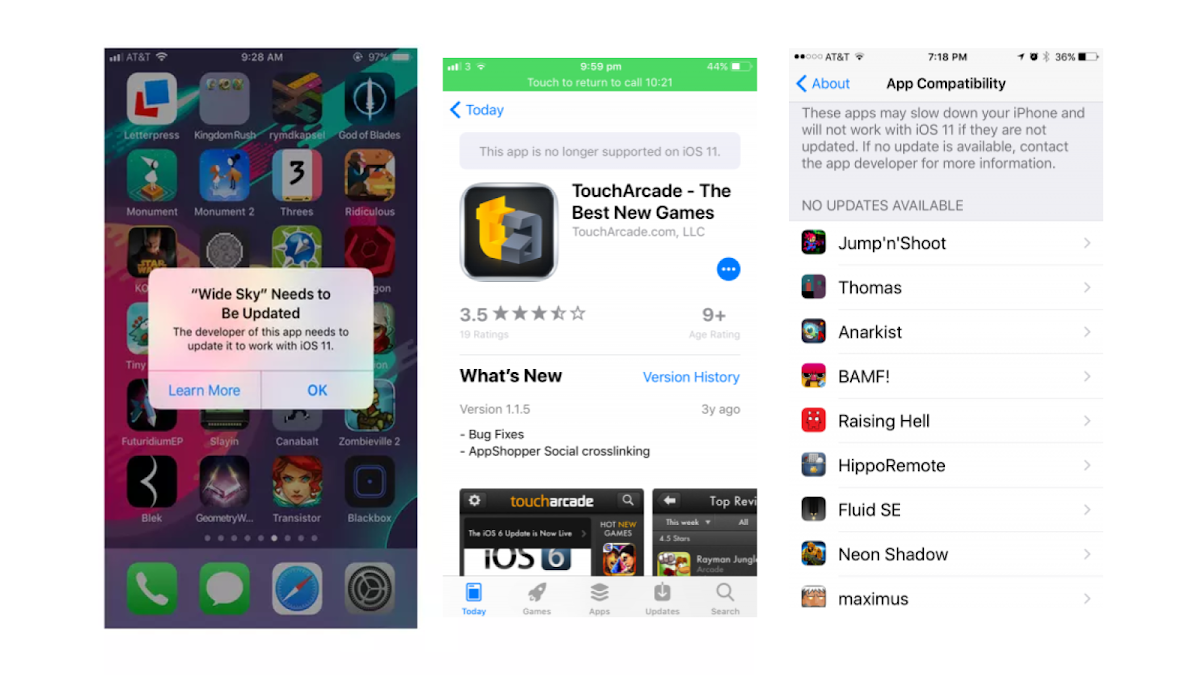
This is even worse than the death of Flash, because the digital decays happens more quickly in the App Store. If you can’t actively maintain an app, if you don’t update it to the ever changing requirements of the store, or if you don’t keep paying the developer fee, your work will disappear from the store. Eventually it will disappear from people’s devices as well, after the next system update.

Artists and independent creators usually don’t have the time or resources to keep their apps alive. Art apps are rarely profitable.
This is Yellowtail, a classic piece by a colleague of mine, Golan Levin. Originally made in 1998, it was republished to the App Store in 2010 and it’s now unavailable. In this case the artwork is a relatively compact program made of “pure” code, so it can be ported to other programming languages without losing its essence, but that’s not the case for many other digital artworks. Half of the iPhone art pieces mentioned in this 2009 article are not on the app store anymore.
Hundreds of excellent apps and games disappear every year due to forced obsolescence, unpaid membership, or certificates expiration. I Love Fur came out only four years ago but it’s not available anymore (apparently because of a bureaucratic issue after the developer relocated to another country).
Backward compatibility – new hardware capable of running old software – is not a profitable endeavor.
And the dependencies required by closed platforms, digital right management systems, and development environments, make digital artworks extremely frail and vulnerable.
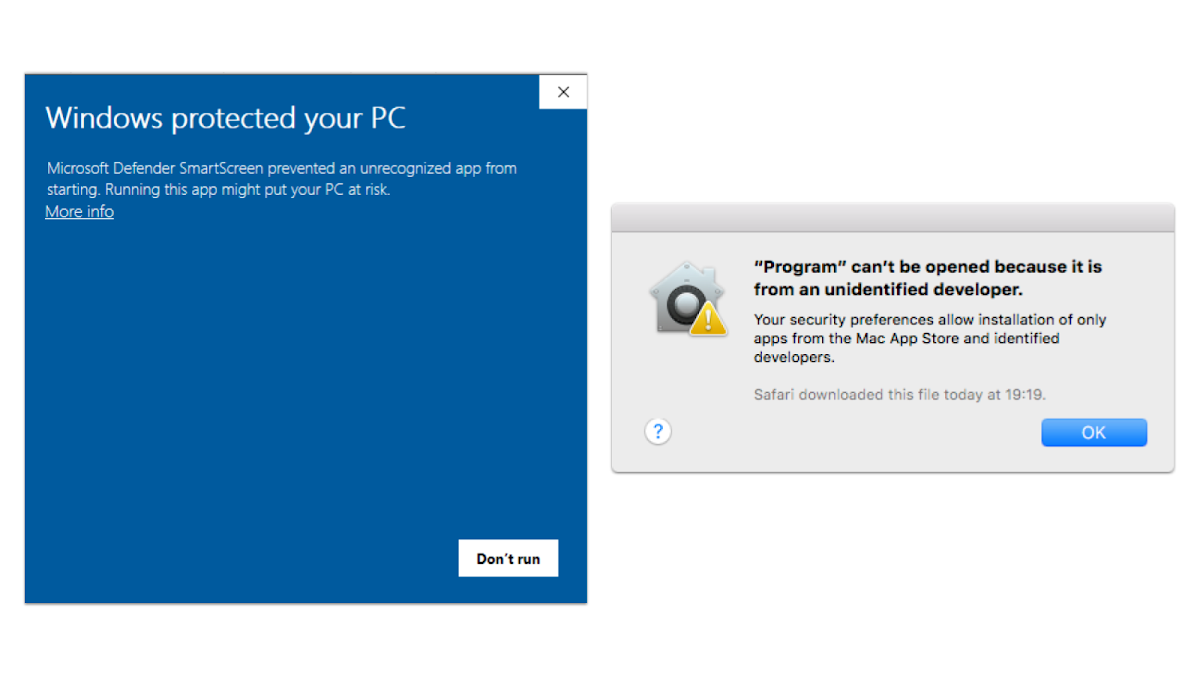
All the stuff made now in Unity or Unreal is much more likely to disappear than Flash games. I’m afraid 5 or 10 years from now I will have to give a similar talk about Unity games. Because the two major operating system are trying hard to control what can run on our machines, by pushing you toward their own marketplaces and blocking apps by developers that don’t pay shakedown money.
They do so by introducing these kind of dependencies. And that’s the same for platforms like Steam. The official excuse is security, but the real reason is the extraction of rent. Increased security is just a side effect of a closed platform.
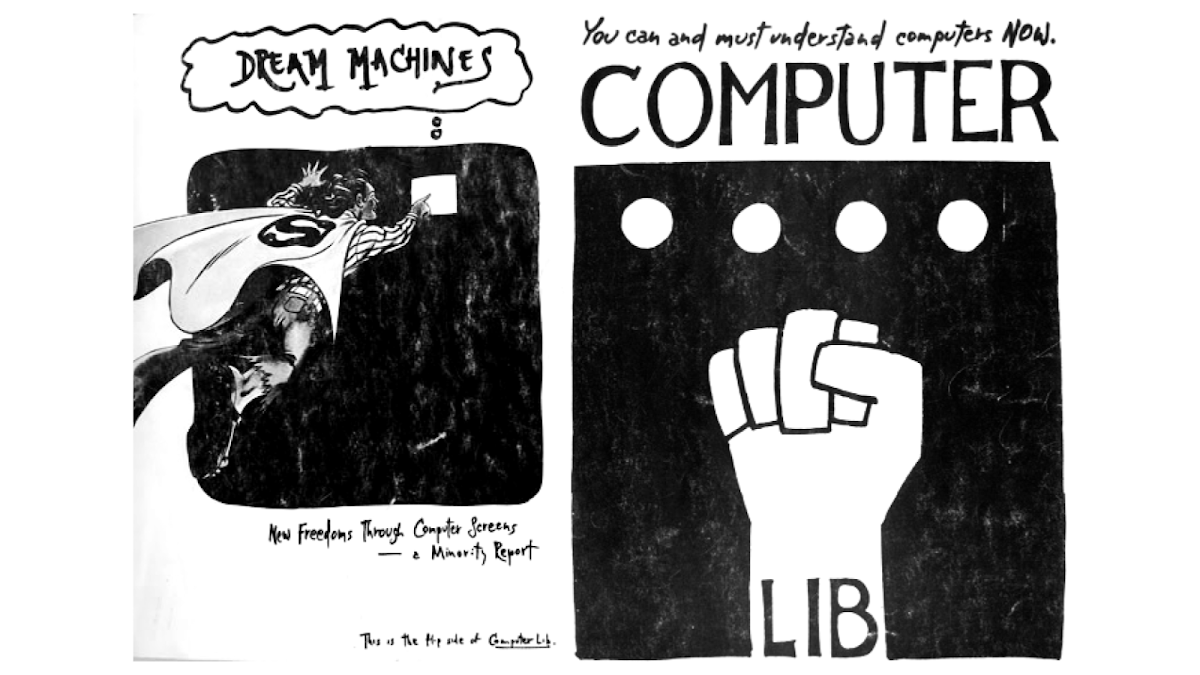
The point I want to make is that as long as we have general-purpose computing machines, meaning: actual computers we can program and fully control, the emulation of digital artworks will be possible. Of course, free/open source software and open formats will make that work easier.
As long as we have an internet in which we can freely share information, the collection and archival of games will be possible.
As long as we have institutions like rhizome or archive.org, we can take care of marginal or niche culture. And yes, digital art is “niche culture” compared to Atari games.
The obstacles to digital preservation are not technological but technopolitical. They are related to intellectual property regimes, and to the monopolistic maneuvers of unregulated platform owners.

Let me conclude with this picture.
It’s from 1942 and it was taken Pittsburgh, where I live. At that point records were made of shellac, not vinyl, and shellac was an important military resource. It was used for coating artillery shells among other things. So during WWII tons of old records were collected and literally melted into weaponry. The women are breaking records as a kind of marketing stunt to promote this effort.
The music industry wasn’t very big at that point, and I’m sure a lot of recordings have been lost forever due to this wartime recycling.
But honestly, who cares? There were Nazis to fight!
And today with a pandemic in progress, a constitutional crisis brewing in the US, a major environmental crisis… I find it difficult to care about old games.
Game preservation is worth talking about only because it raises broader issues.
The inherent conflict between long term collective interests, and short term profit motive.
What we value in our culture and what we want to pass to our descendants.
How the notions of freedom of speech, intellectual property, and monopoly change under platform capitalism.
As long we actually tackle these issues, I’m fine with losing some terrible flash games from 20 years ago.
